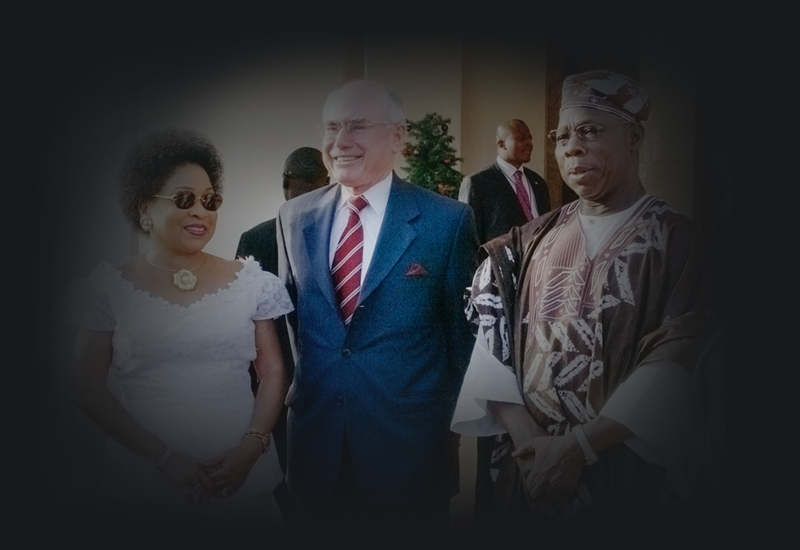Introduction
The Howard government’s decision to participate in the Iraq War dominated Australian politics in 2003. While Iraq was the dominant issue that year, the Cabinet papers on this subject are sparse, pointing to the primacy that the National Security Committee (NSC) of Cabinet had achieved in the domain of national security at that time. Nonetheless, because of its importance, the Iraq War is dealt with in its own section in this paper. Beyond Australia’s participation in that conflict, there are many more papers on diverse issues relating to Australia’s national security, and to foreign affairs, trade and defence policies. All of these issues are covered in the first two sections below.
Most of the 2003 Cabinet papers deal with manifold aspects of domestic policy, which will be discussed in the remaining five sections: economic, social welfare, health and immigration policies; climate change, energy and the environment; transport, infrastructure, communications and legal issues; rural and regional issues; and Indigenous policy.

